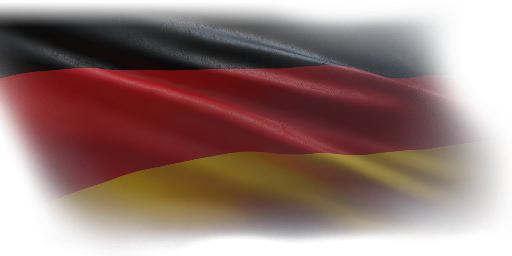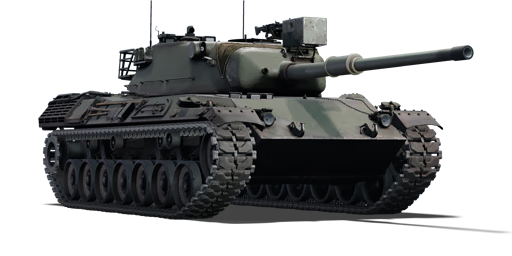The Leopard 1 is the first variant of the Leopard 1 main battle tank family. The Leopard 1, which entered service in 1965, is one of the most iconic Cold War main battle tanks. The tank was exceedingly successful, being thinly armoured but highly manoeuvrable and mounted with the powerful 105 mm Royal Ordnance L7A1 tank gun. It was used in several countries around the world, including Canada, Australia, Belgium, and Turkey. Turkey is one of the countries that continue to use the Leopard 1. The vehicle has also generated several variants, such as anti-air and recovery vehicles. The Leopard's early development may be traced back to the mid-1950s when Western Germany's rapid industrial recovery allowed it to establish a robust, locally built defence force. The "Europanzer" project would have armed most Western European countries to supplement or replace US-supplied tanks like the M47 and M48 Patton tank families. The Standard-Panzer project, as it was known in Germany, began in November 1956 and ended in July 1957. These required 30 metric tons of weight, a power-weight ratio of 30 hp/ton, armour capable of withstanding rapid-fire 20 mm autocannon hits, to be treated NBC and amphibious, and to be armed with the recently selected 105 mm Royal Ordnance L7A1 tank gun. Since new hollow charges were now accessible, mobility and firepower were prioritized over protection. Germany, which had been at the forefront of tank design since World War II, nicknamed the new family of main battle tanks "Leopard" to continue the tradition begun with feline species during World War II, and it fits well with the emphasis placed on mobility. The moniker conveyed agility, speed, and ferocity, and it was also a marketing triumph. It was tested and acquired in large numbers by practically all European nations previously equipped with American tanks, as well as former British-supplied countries such as Canada and Australia. The Leopard was armed with the standard (Rheinmetall-licensed) 105 mm Royal Ordnance L7A1 tank gun and had great mobility thanks to an improved suspension system. In the 1970s and 1980s, protection was steadily enhanced until the production of the Leopard 1A5, the last iteration of the Leopard 1 family and one of NATO's most prolific main battle tank families.
Introduced in Update 1.51 "Cold Steel", the Leopard 1 is a revolutionary design that departs from Germany's heavily armoured tank design pioneered during World War II. The Leopard 1 is a core of a mobility-focused tank design philosophy that emerged during the Cold War Era, based on the idea that increased armour thickness did not necessarily help with crew survivability due to the ever-increasingly powerful tank ammunitions and anti-tank weapons. Instead of adding bulky heavy-weight steel armour to the tank, which would restrict mobility and increase the probability of enemy hits, the Leopard 1 relied on great mobility and serious firepower to ambush enemies and quickly escape before the adversary could react. The Leopard 1 has the same degree of firepower as the renowned British Centurion Mk 10. It does not, however, have a two-plane fully automatic stabilization system, making accurate firing on the move difficult.
















